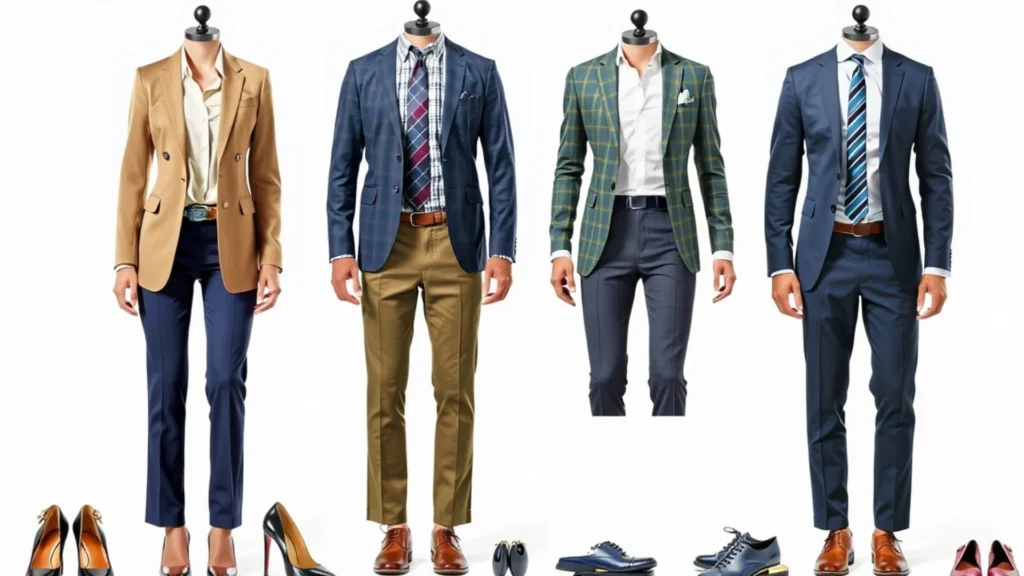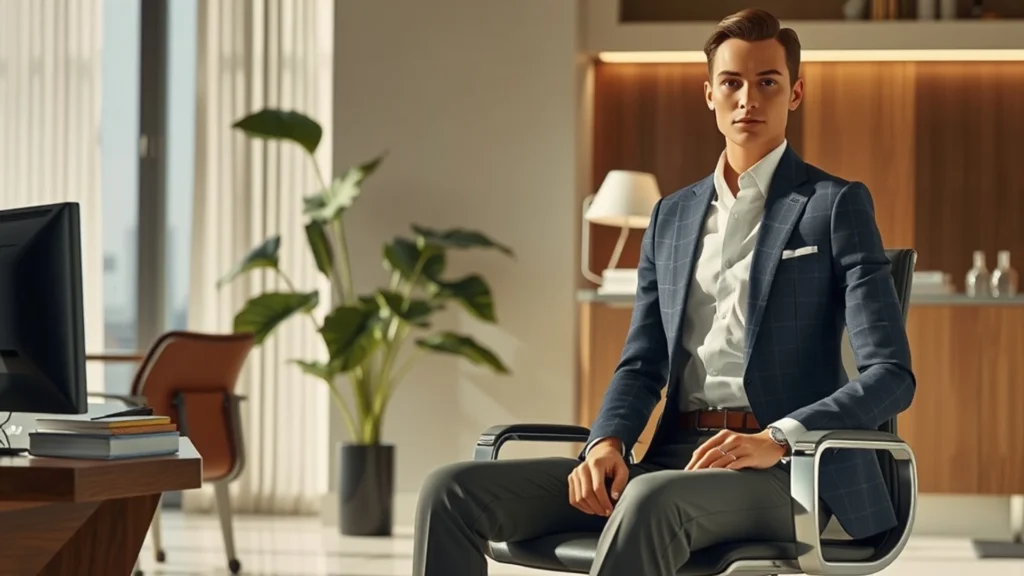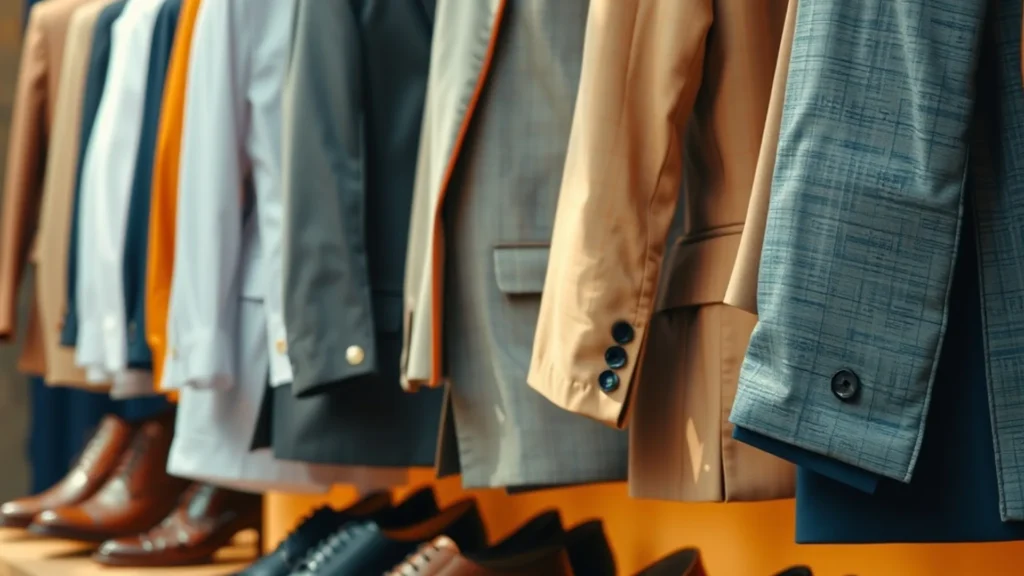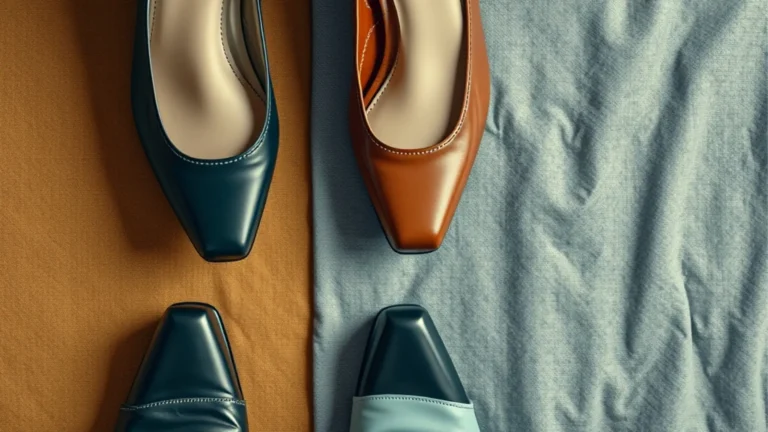Business Casual: The Ultimate Office Wear Guide
Learn the essentials of business casual attire with our guide. Discover tips and ideas to create the perfect office-ready look while maintaining comfort and professionalism.

More and more companies are adopting casual and lenient styles. Business casual has taken on a new face in 2025 as workplaces are relaxed and flexible. This post defines business casual and delivers practical tips for dressing suitably whether for an interview, working from home, or heading to the office.
Business Casual in Today’s Workplace: What It Means and How to Dress
Business casual is midway between formal business attire, such as suits, and casual clothes. It maintains professionalism yet allows comfort and personal style, making it suitable for most office environments. It can help companies enhance their image and hold onto good talent by giving value to the uniqueness and comfort of employees’ individuality in business casual.
If you’re still thinking about what business casual is, let’s say clearly what it’s not: business casual isn’t athletic wear, evening wear, or anything that looks like a flesh-toned thong.
That does not, however, mean you have to forget your sense of style. Outfits that express who you are, as long as they’re clean and tidy, that is—keep in mind the line you mustn’t cross with such attire.
How to Define Business Casual for Men: Outfit Ideas and Guidelines

Business Casual Tops for Men: What to Wear and Avoid
You can’t really go wrong with a nice, crisp, collared shirt like button-downs. Sweaters or knit tops in solid colors or patterns are okay too. Depending on your work environment, t-shirts are also acceptable if clean and unwrinkled. Just make sure to wear a jacket over them to add some polish.
Business Casual Pants and Bottoms: From Trousers to Dark Denim
Tailored trousers, khakis, or dress pants are fine for classic corporate jobs. Well-fitting jeans without holes and tailored joggers are also acceptable, depending on the company culture and industry.
How to Define Business Casual for Men: Outfit Ideas and Guidelines

Business casual men’s clothing comes in so many forms, from khakis and a button-down to sharp blazers with crisp t-shirts.
Business Casual Tops for Men: What to Wear and Avoid
You usually can’t lose with neatly pressed collared shirts like button-downs. Sweaters or knit tops in solid colors or patterns work too. Depending on the workplace, t-shirts can also be acceptable if clean and wrinkle-free—combine with a jacket for polish.
Business Casual Pants and Bottoms: From Trousers to Dark Denim
Tailored trousers, khakis, or dress pants are acceptable for old-school corporate jobs. Well-fitting jeans (no holes) and tailored joggers are also allowed, depending on the culture of the company and what they do.
Business Casual Footwear for Men: Shoes for Style and Comfort
Business casual footwear typically is loose and comfortable and stylish for the workplace, which finds a middle ground between formal and informal. Popular choices include loafers, dress boots, and oxfords for a man, while trendy sneakers are clean. The major idea is to pick comfort with your outfit and how appropriate it will be suited for your workplace.
Men’s Accessories
Most business casual settings don’t require ties, but you can add one for a slightly more polished look, especially if you’re dressing for an interview you want to nail or an important meeting. A watch is another classic accessory that’s also very functional. Belts and jewelry can pull together a look while adding personality to workwear. Depending on the work environment, you can go with minimalist accessories or something more expressive.
Defining Business Casual for Women: Outfit Ideas for Every Office

Business casual for women is a dress code that balances professionalism with comfort, thus allowing a more relaxed and personalized appearance in the workplace.
Business Casual Tops and Jackets for Women
Blouses, button-down shirts, cardigans, sweaters, and tailored or straight-cut jackets are acceptable. Clean and neat T-shirts or tank tops can be worn, especially if you wear a blazer or cardigan. Clothing doesn’t affect a woman’s ability to do her job; however, if you are in a traditional office environment, it’s best to highlight what you are looking for without being too revealing.
Bottoms and Dresses: Professional, Relaxed Choices for Women
Women have a few options to choose from, including dress pants and midi dresses. Use the type of workplace you will be working at or interviewing with as inspiration. If you are ever unsure, it is always safe to go with the basics—shift dresses and trousers are never wrong. Most workplaces do not consider very short dresses and skirts business casual.
Women’s Footwear: Heels, Flats, and Sneakers
Depending on the company’s culture, heels, flats, boots, and clean sneakers all work. For high heels, a good rule of thumb is nothing more appropriate for a night out.
Accessories for Women
Women have many opportunities to express their style, so don’t be afraid to wear that statement necklace that speaks volumes about you-it can become a great conversation starter. Remember, embracing accessories that feel true to your style and enhance your business attire shows that professionalism and individuality can go hand in hand.
Gender-Neutral Business Casual: Outfit Ideas for Any Office
Gender-neutral business casual allows people to have a complete wardrobe of choices that are meant to avoid hyper-masculine or hyper-feminine clothing at work.
Some options are button-down shirts, sweaters, slacks, khakis, or dark jeans, based on the location. For footwear, you could include boots, loafers, oxfords, or professional-looking sneakers, whatever your company permits. So long as you’re tidy and dressed in compliance with company policy, business casual can be a gender-neutral way to dress that keeps you professional yet expresses a part of your personality.
What to Avoid: Outfits That Aren’t Business Casual
Business casual clothing choices do not lean too far into the “casual” category. If your employee handbook states “business casual” as company policy, there are some outfits that can be ruled out, such as:
- ripped jeans
- shirts with questionable slogans
- sloppy shorts
- see-through clothing
- workout gear
According to Danielle Bloxom, a recruiter for Wizehire’s People Operations team, it is very crucial to understand the workplace standards for business casual attire. A few steps suggested include observing the company’s culture and environment, reviewing the handbook, and lastly, seeking guidance from management and colleagues regarding appropriate dress codes.
Frequently Asked Questions About Business Casual Attire
How Can I Wear Jeans as Business Casual?
Jeans are widely accepted as business casual in most workplaces. However, industry and workplace context play an important role. One is always on the safe side by checking what other people wear at the workplace, including management. If jeans are allowed, dark-colored, well-fitting ones without rips or excessive decorations should be the best option. But again, those options may be 100% okay if you work in fashion or music. When in doubt, err on formality before showing up to work in your favorite pair of jeans.
What are casual Friday outfits that align with business casual dress codes?
The advantage of casual Friday is that you can wear more comfortable clothes to the workplace. At the same time, despite casual Fridays providing an ideal opportunity for wearing your heart on your sleeve through your apparel, remember that you’re always working, so try your best to present yourself by dressing neat, clean, and nice—and that doesn’t necessarily include those used sweats and t-shirts.
Business Casual vs. Smart Casual?
Business casual and smart casual often require clarification. Business casual refers to dressing down from traditional business wear, like suits, while smart casual refers to dressing up your regular everyday clothing. The aim with business casual is to look work-appropriate and professional but still comfortable. Dressing in smart casual attire means adding polish to your everyday wardrobe, typically for a night out or an event.

